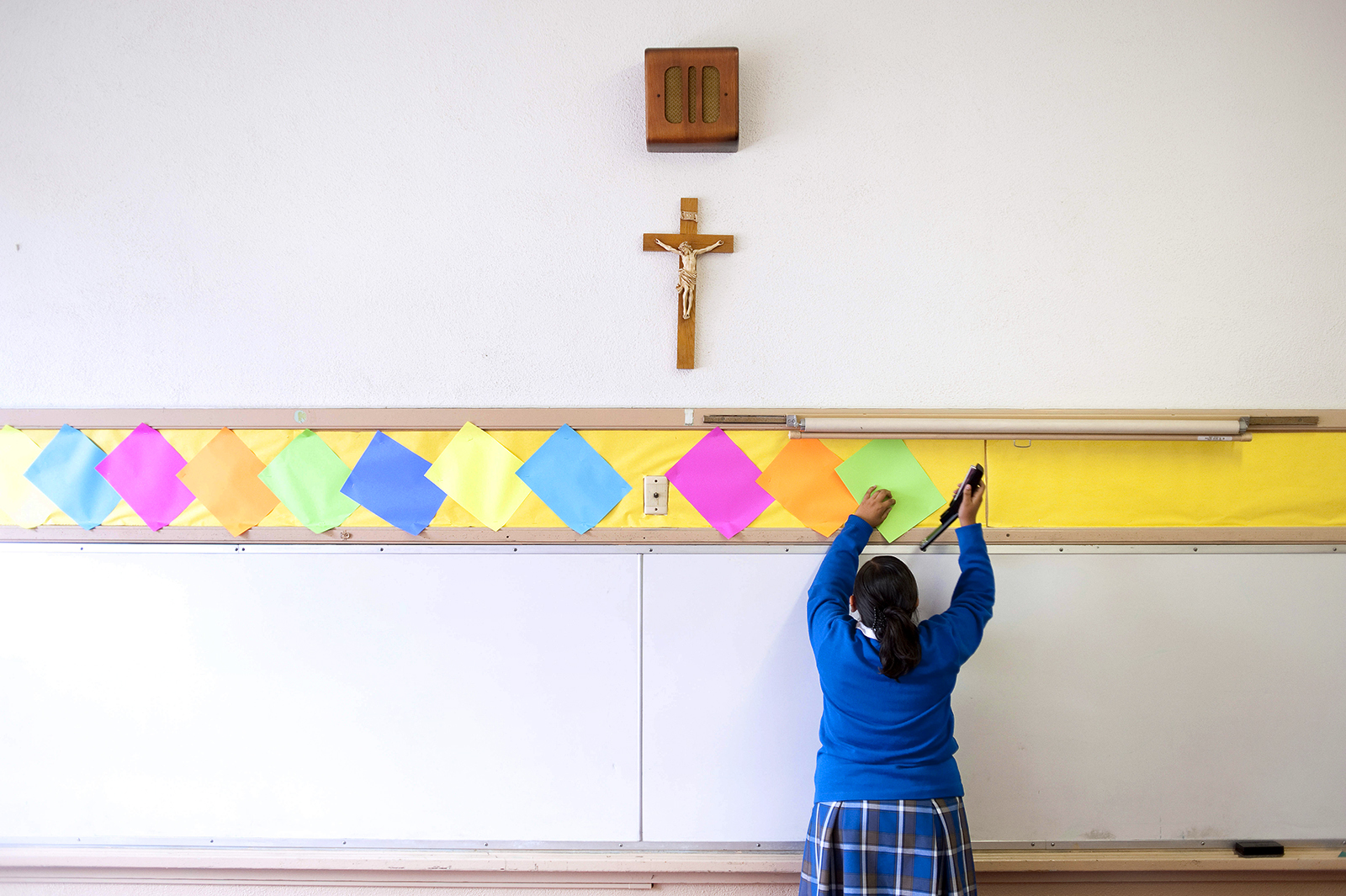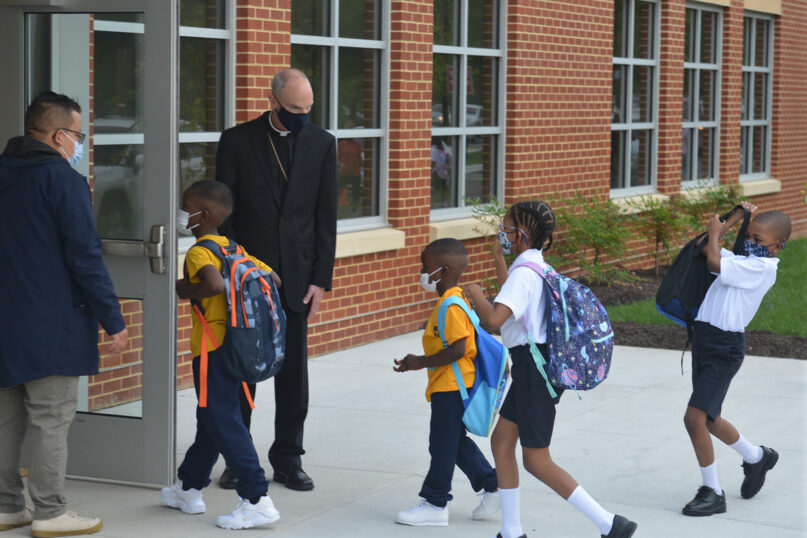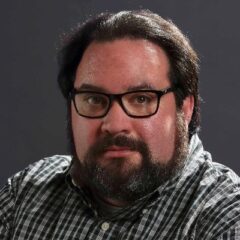(RNS) — Depending on what kind of media you consume and the people you talk to, it’s clear that U.S. public education has either been hijacked by wokeism, safetyism and radical individualism or else that those fears are nothing more than warmed-over conspiracy theorist gobbledygook.
Both perspectives — though they do an excellent job generating readers and social media followers and campaign donations — get it wrong. For one thing, there’s no single “U.S. public education.” Schools in Texas, say, or Florida are in a completely different universe from California and Massachusetts. Northern New Jersey, for that matter, is quite different from South Jersey, as much as Michigan’s Upper Peninsula is different from Detroit.
On the other hand, few educators would deny that something has shifted in American schools. In my 14 years teaching undergraduates Catholic moral theology at a major Catholic university, which ended last academic year, I experienced this change firsthand.
For the first decade or so of my tenure, the 18- to 22-year-olds in my classroom often disagreed with important aspects of the church’s teachings and let me know it, either by questioning or outright challenge, and what followed was usually a genuine exchange of ideas. Sometimes the discussion changed their minds; often enough, it didn’t. But the classroom culture presumed a clash of clearly articulated and defended points. All views were welcome and engaged, and the church’s view was clearly articulated — by me, but at times by their fellow students.
For the final half decade, however, the change was dramatic. Many students — even those coming from Catholic high schools — were so ideologically possessed that they simply couldn’t engage the church’s views on a range of issues, though especially those about or with direct implications for sex and gender. Evidence didn’t matter; argument didn’t matter: The students knew the answers and the issues were not up for debate. Those students who were sympathetic to the church’s views, meanwhile, had learned to keep their mouths shut.
Now, again, it is important not to paint with too broad a brush. Other professors may find their students are as open to engage as ever, and ready to hear the church’s position to be generously articulated in an academic exchange. But my colleagues at other schools have seen the same ideological shift, and many of us have had to adapt in real time or give up.

In this July 18, 2012, file photo, a student staples colored paper to the wall of a classroom after summer school at Our Lady of Lourdes in Los Angeles. (AP Photo/Grant Hindsley)
Importantly, this intransigence when it comes to the nature of sexuality and gender identity comes as much from freshmen as any others. It’s clear that the ideological indoctrination now comes before college, and sometimes well before. As the public school critic Terry Stoops pointed out in a recent essay, progressive educators have been intentional about instilling their ideology into high schools, middle schools and even elementary schools.
A backlash is clearly underway. As the pandemic closed many schools to in-person learning, parents drilled down on how their children were being educated — remotely or otherwise. The results suggest many didn’t like what they saw. Public schools have lost and continue to lose a dramatic number of students. Home schooling (including Catholic home schooling) has increased dramatically, especially among families of color. More traditional Catholic education has also seen a steady rise over the last three years, not least to the impressive growth of classical Catholic schools.
What is the church going to do with this unique moment? Even as expanded school choice bills around the country keep Catholic schools full of students, we need to feed them and their families a life-giving and life-shaping alternative that will retain them. The answer is not a status quo that is just less bad than the public school alternative.
Academic Catholic theologians should take a page out of the playbook of those promoting the secular ideologies. We must be intentional not only about forming undergraduates and seminarians but about forming high school, middle school and, yes, even elementary students. We need to be just as intentional about promoting a positive, objective vision of the good that valorizes science, the body, the spiritual and transcendent, the common good and a preferential option for the most vulnerable.
At the same time, we must promote a Catholic intellectual tradition that is not afraid of engagement with alternative viewpoints. Catholic school students must be exposed to a generous and confident vision of the church, to be sure, but they must also be prepared to meet and debate different perspectives. This is not elective, but rather an essential part of what it means to honor the Catholic intellectual tradition we are passing on.
If we take the right steps, we have a historic opportunity to take advantage of a current moment in the United States. Let us not let it pass us by.






